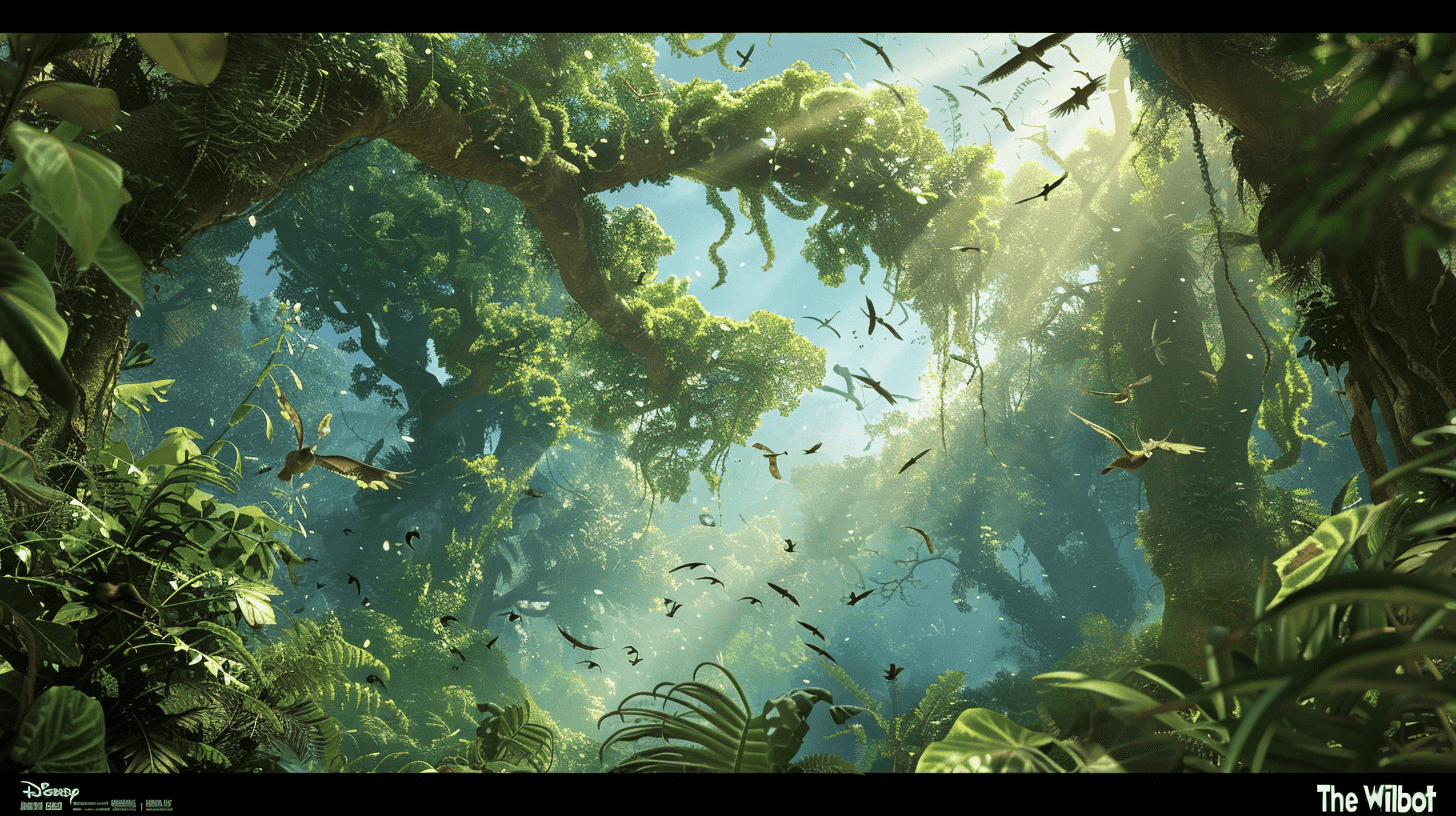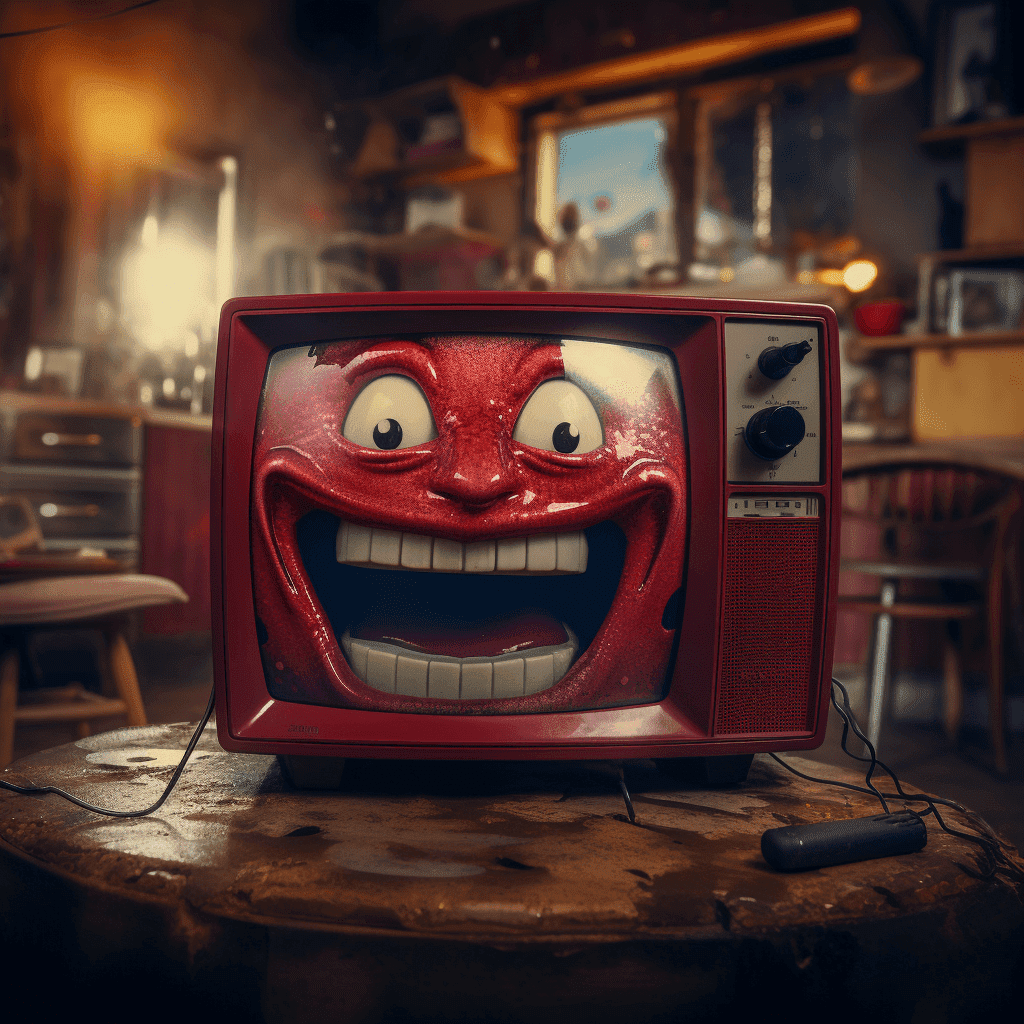Ad Blocker Detected
We use ads to keep this site running, so please consider disabling your ad blocker. Thank you!
Do not know how to disable ad blocker? Check out this article: How to disable ad blocker?
What's After the Blog?
Opinions
The Wild Robot (2024): Does It Hit or Miss?
The Wild Robot is an emotional tale, but does it resonate with all audiences? We discuss whether DreamWorks hit the mark with this adaptation.
September 28, 2024

Movies mentioned in this article
The Wild Robot (2024): Does It Hit or Miss?
In 2024, The Wild Robot became the latest entry in DreamWorks Animation’s lineup, bringing Peter Brown’s beloved novel to the big screen under the direction of Chris Sanders, known for animated classics like Lilo & Stitch and How to Train Your Dragon. This film, like its literary counterpart, tells the tale of Roz, a shipwrecked robot who forms unexpected bonds with the island’s animal inhabitants. But the big question on everyone’s mind is: Does it hit or miss? Let’s dive into a thorough analysis of the film’s strengths and weaknesses to find out if this movie truly resonates.
For more in-depth movie reviews and analyses, visit What’s After the Movie, where we explore the latest cinematic releases, including The Wild Robot.
Storyline: A Simple Yet Profound Narrative
At the heart of The Wild Robot is the story of Roz, a robot who washes up on the shore of an uninhabited island. Initially, she is seen as a threat by the animals, but her ability to learn, adapt, and care for a young gosling named Brightbill—after the tragic death of his mother—cements her place in the island’s community. Roz’s journey from a mechanical tool to a loving caretaker, guiding Brightbill through his early life and preparing him for his first migration, mirrors a touching story of parenthood, survival, and personal growth.
The simplicity of the storyline allows room for emotional complexity, touching on themes of loneliness, adaptation, and the deep connections we form with others, even across species. For families watching, the story offers both heartwarming moments and opportunities for meaningful conversations about what it means to care for others.
Visit What’s After the Movie for a full summary of The Wild Robot and its emotional narrative.
“The Wild Robot is a simple tale told with great sophistication, a film that will leave both children and adults feeling the impact of its heartfelt messages.”
— Critics Consensus, Rotten Tomatoes
Visuals: A Breathtaking Feast for the Eyes
The animation in The Wild Robot is nothing short of spectacular. DreamWorks Animation has crafted a visually stunning world, where every detail—from the rust on Roz’s metallic frame to the lush greenery of the island—is rendered with precision and beauty. Director Chris Sanders cited Monet’s influence on the film’s palette, and it shows in the film’s painterly style, where the island feels almost like a living canvas.
Critics have universally praised the film’s visual appeal, with The New York Times describing it as a “dazzling triumph of animation.” The environment isn’t just a backdrop, but an integral part of Roz’s emotional journey, symbolizing the beauty and brutality of nature that she must learn to navigate. This balance of artistic elegance and emotional weight makes The Wild Robot one of the most visually immersive animated films in recent years.
For fans of animated features who appreciate visual artistry, What’s After the Movie offers an exploration of the film’s groundbreaking animation techniques.
“The animation in The Wild Robot feels like a moving painting, transporting viewers into a world that is both beautiful and harsh. Every frame is designed to pull at your heartstrings.”
— Ryan Scott, Slashfilm
Voice Performances: Heartfelt and Powerful
One of the standout elements of The Wild Robot is its stellar voice cast, led by Lupita Nyong’o as Roz. Nyong’o manages to imbue Roz with warmth and emotion, despite the character’s mechanical nature, portraying her evolution from an unfeeling robot to a nurturing parent figure with nuance and depth. Her performance, layered with empathy and growth, is at the heart of what makes the character so compelling.
Other standout performances include Kit Connor as Brightbill, whose innocent and earnest portrayal of the young gosling adds a layer of cuteness and emotional weight to the story, and Pedro Pascal as Fink, a scrappy fox whose sarcastic charm provides comic relief and emotional depth. The cast works together seamlessly to create a rich, emotional experience for the audience.
Explore more about the voice cast and their roles in bringing this heartwarming story to life on the What’s After the Movie movie page.
“Lupita Nyong’o delivers a performance that breathes life into Roz, elevating a character that could have felt cold and distant into one that audiences will emotionally connect with.”
— Michael Ordoña, Los Angeles Times
Themes: Kindness, Survival, and Identity
While The Wild Robot is a film aimed at children, its thematic depth reaches far beyond that demographic. The movie explores themes of kindness, survival, and identity, raising important questions about how we treat others and what it means to belong. Roz’s journey is about more than just surviving on an island—it’s about learning to care for others, finding her place in the world, and evolving beyond her programming.
The relationship between Roz and Brightbill exemplifies how parenthood can transcend traditional roles, showing that love, care, and sacrifice are at the core of what it means to be a parent. Additionally, the film addresses technology’s role in our lives, subtly drawing parallels between Roz’s emotional awakening and the ongoing conversation about artificial intelligence and the potential for machines to form emotional bonds.
For a more detailed discussion of the themes presented in The Wild Robot, head over to the What’s After the Movie blog for a deeper dive into its messages and moral questions.
“The Wild Robot beautifully explores the intersection of technology and humanity, asking profound questions about the nature of identity and the importance of connection.”
— Kate Erbland, IndieWire
Critical Reception: Universally Acclaimed
With a Metascore of 85 and universal acclaim from critics, The Wild Robot has been hailed as one of the best animated films of the year. The film received multiple perfect scores, including from Slashfilm, The Observer, and The Associated Press, with critics praising its emotional depth, stunning animation, and strong performances. Ryan Scott of Slashfilm lauded director Chris Sanders for his ability to turn the book’s material into a “living painting,” while Mark Kennedy of The Associated Press called it “the best animated movie of the year.”
Even the more critical reviews, such as Paste Magazine’s 71/100, acknowledged the film’s ability to stand out as a genuine creative competitor in the animated feature space, particularly when compared to films from Disney and Pixar. Audiences, too, have overwhelmingly praised the film, with an average user score of 8.2, cementing The Wild Robot as a crowd-pleaser for both children and adults alike.
“Leave it to a robot to break our puny human hearts.”
— Barry Hertz, The Globe and Mail
Final Verdict: A Hit or Miss?
So, does The Wild Robot hit or miss? Based on its critical acclaim, emotional depth, and stunning visuals, it’s safe to say that the film is an undeniable hit. DreamWorks Animation has delivered a beautifully crafted story that stays true to the heart of the source material while enhancing it with rich, emotional storytelling and breathtaking animation. The film is more than just a visual spectacle—it’s a heartwarming, thought-provoking exploration of love, community, and the importance of kindness.
Whether you’re a fan of the original novel or discovering Roz’s journey for the first time, The Wild Robot is a must-see film that will resonate with audiences of all ages. It stands as one of the best animated features of the year and is sure to be remembered as a classic.
For more reviews, summaries, and quizzes related to The Wild Robot, be sure to visit What’s After the Movie.
Continue reading

What's After the Movie?
Not sure whether to stay after the credits? Find out!
Check out our other apps:
Actors
Companies
Latest Movies
© 2025 What's After the Movie. All rights reserved.





